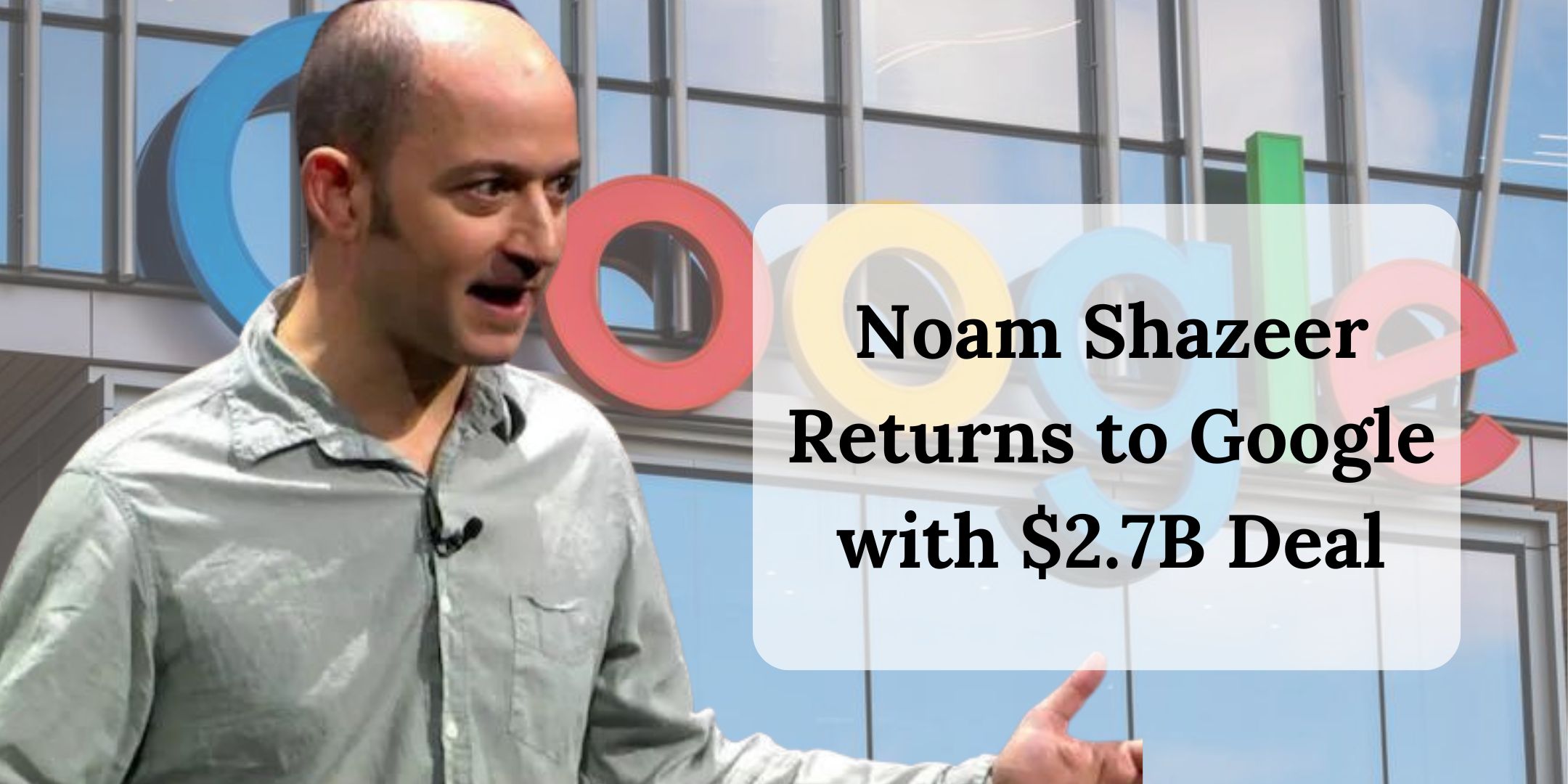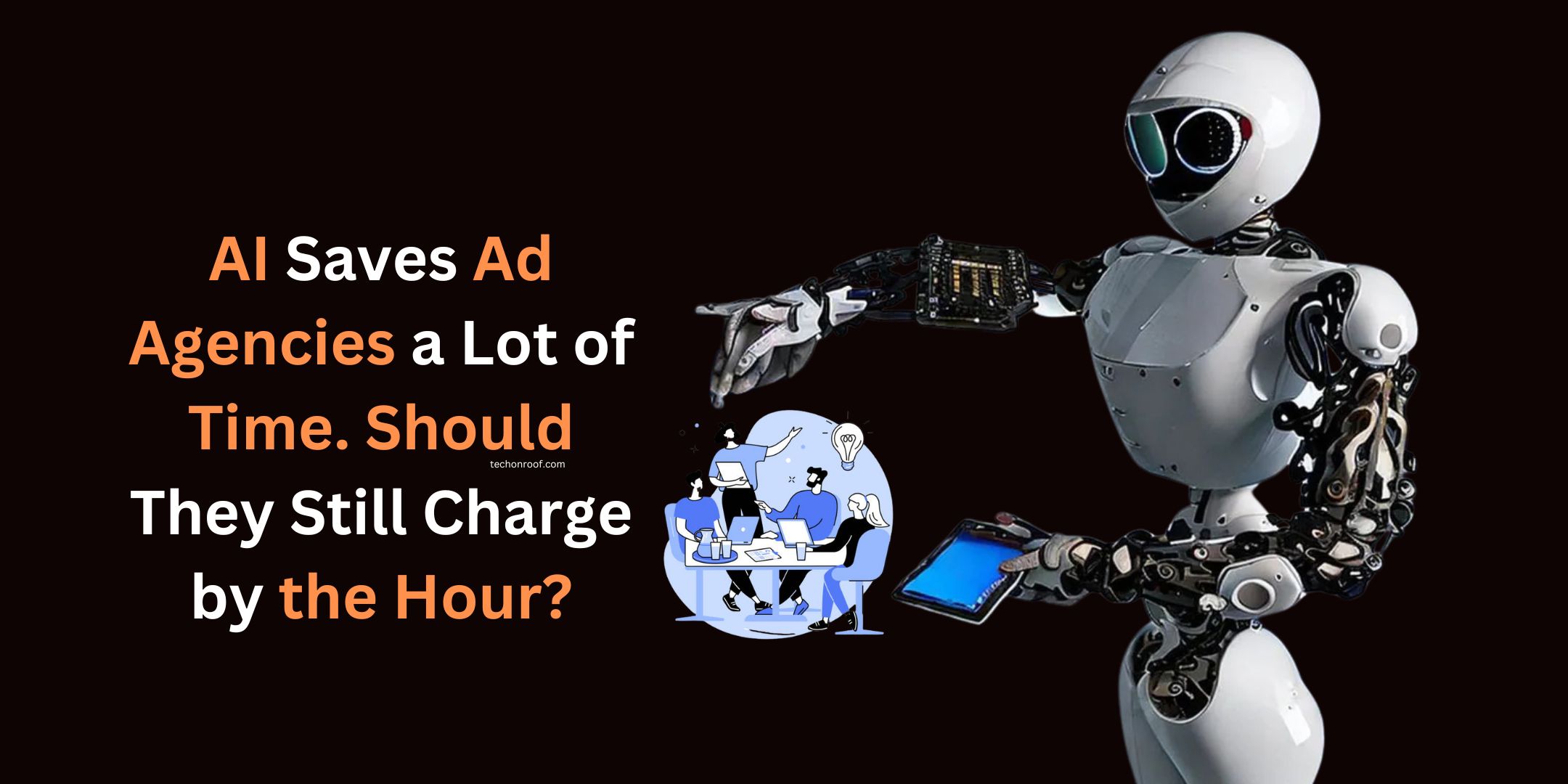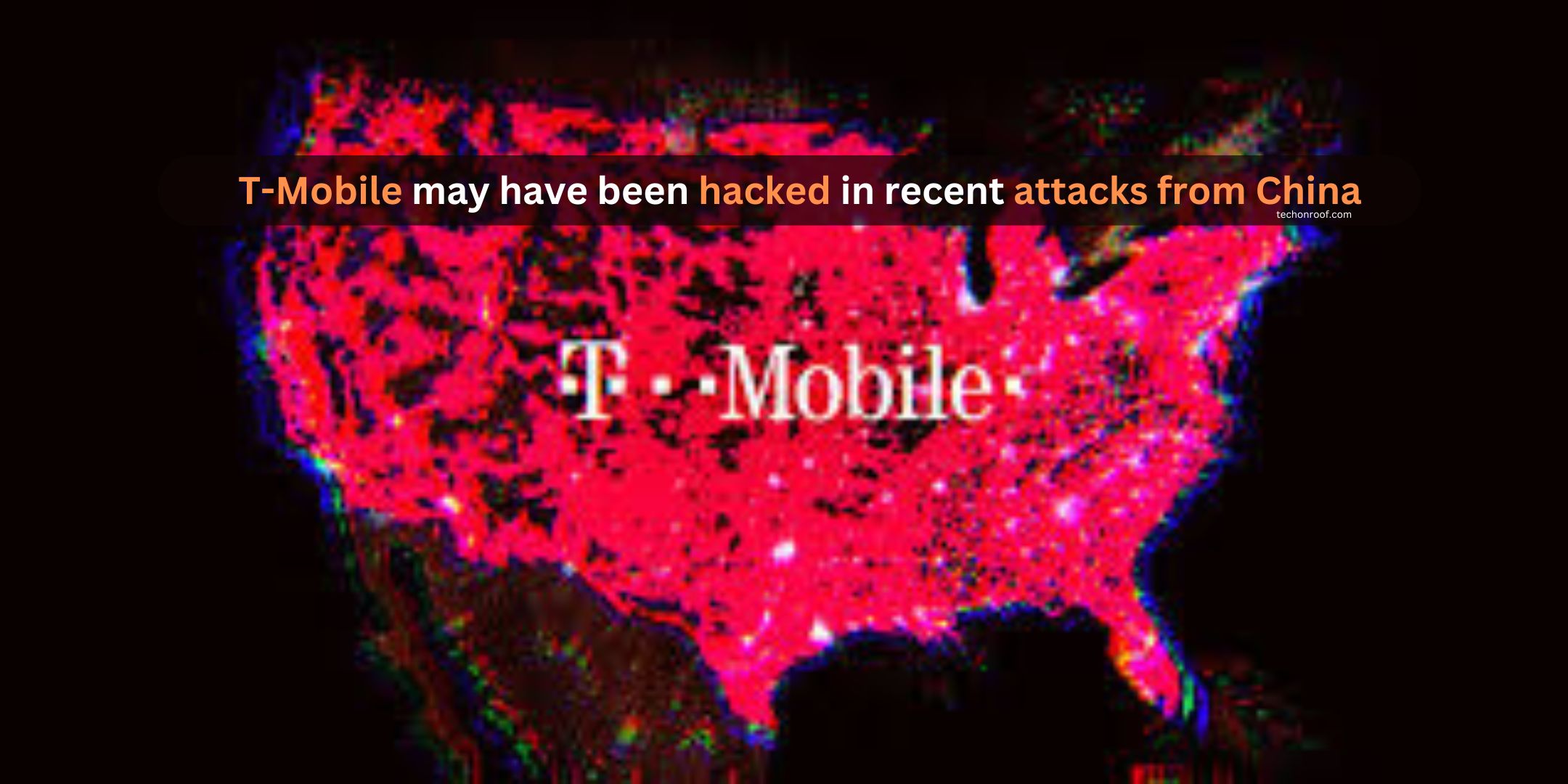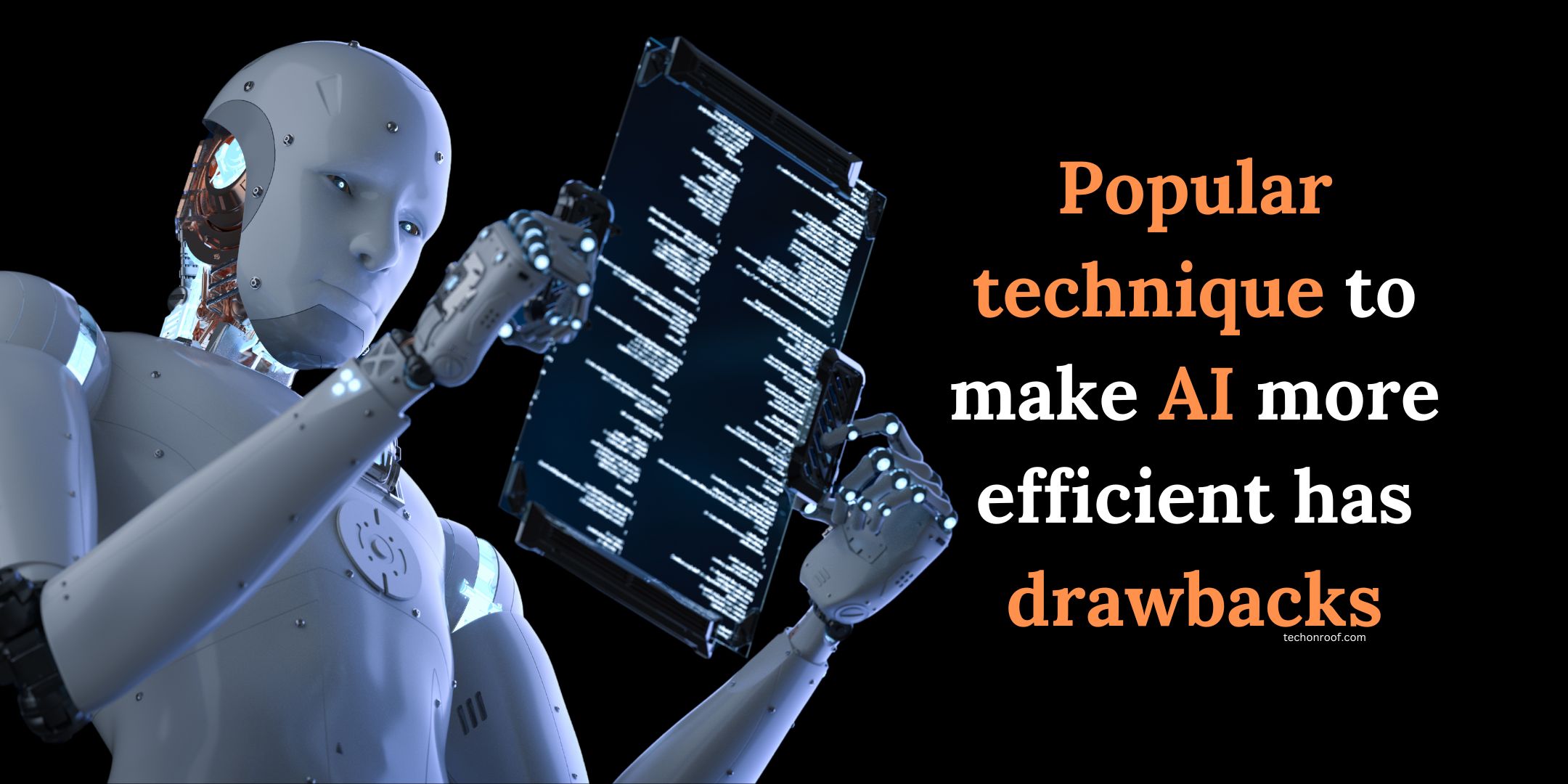Google recently made headlines by shelling out a whopping $2.7 billion to poach Noam Shazeer, a former employee, and have him lead their AI efforts. Such a move is still called reverse acqui-hire or is making the competitive landscape of Artificial Intelligence (AI) hot again. At a time when AI development is going at breakneck speeds, this deal is being talked about at what price and how this may affect innovation and competition.
Read Also: Epic Games Hits Google and Samsung with New Lawsuit in Ongoing Legal Battle
Noam Shazeer is an AI expert and has been a respected member of Google since 2000. As one of the key people shaping the company’s technological breakthroughs, last year he coauthored the research paper Attention is All You Need, inventing the transformer model. It is one of the cores behind today’s generative AI systems, such as ChatGPT and Google’s Gemini. In 2021, Shazeer left Google as the company refused to release a chatbot he and his colleague Daniel De Freitas had developed because of concerns about its possible misuse.
Shazeer and De Freitas then started with Character.ai, through which user interaction with AI-driven characters made possible by celebrities and fictional personalities. Character.ai raised $43 million in seed funding and experienced early success. The rising development cost and user demands for romantic AI conversations could not bypass the startup.
Why Did Google Pay $2.7 Billion to Bring Shazeer Back?
In 2023, Google formed a $2.7 billion deal to reacquire Character.ai’s technology along with some of the key personnel, including Shazeer and De Freitas, to name a few. This allows Google to beef up its AI capabilities without going through all the standard regulatory provisions of a merger. Today, Shazeer leads technology efforts for Google’s Gemini AI project, as do other leaders in the industry, such as Jeff Dean and Oriol Vinyals.
Read Also: Cops Seize Phone and Laptop of Celebrity Amid Matthew Perry Death Investigation
This reverse acqui-hire lets Google acquire valuable talent and technology into its ecosystem without raising a kerfuffle on antitrust. The regulatory bodies keep a close watch on significant acquisitions in the technology sector, with special vigilance to protect competition in emerging fields such as AI.

What Does It All Mean For AI?
Tossing in billions to rehire Shazeer shows the increasing stature of AI expertise. Layoffs are now a given in the tech world, yet AI will remain a high-priority area for investment. This speaks volumes about how high the stakes for market leadership have become in AI, and everyone from Google, Microsoft, and OpenAI is racing to make that breakthrough.
However, this policy needs to be revised for the future of small AI startups. Since huge tech giants can collect top talent and the most innovative technologies, the middle and small ones will hardly compete or even design something competitive at the same pace. All this could later limit the diversity of innovations within the sector.
Key Points:
- Noam Shazeer Returns to Google in a reverse acqui-hire deal valued at $2.7 billion to strengthen its AI capability.
- Shazeer was also a co-creator of some critical AI technologies and now leads Google’s Gemini AI project.
- The deal will not incur antitrust issues typically characterizing traditional mergers since it has sparked fears about the monopolization in AI.
- Google’s investment is set under the backdrop of rising competition in AI development, raising concerns about how small startups fare under such circumstances.
It adds another layer to the concern over innovation in an increasingly monopolistic realm. That said, if Google were to win this court case, it would go a long way toward strengthening its standing in the AI race.





